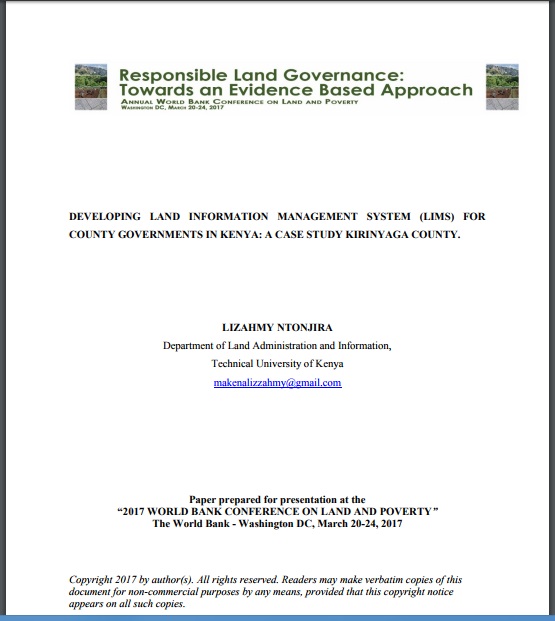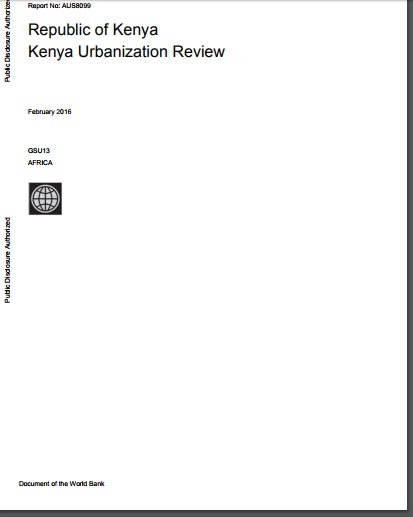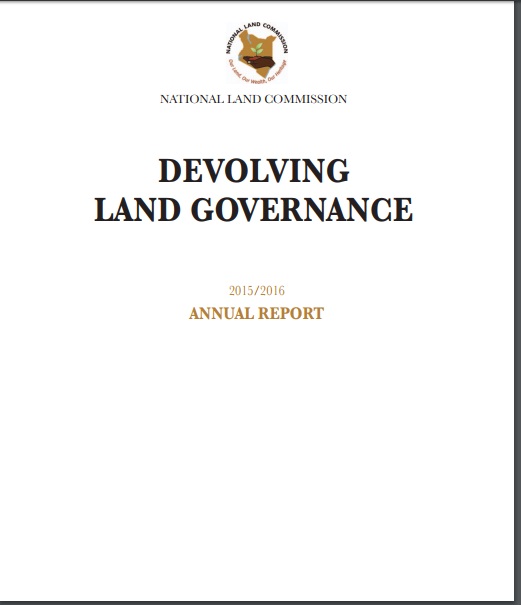Urban Land Use Planning Monitoring And Oversight Guidelines
Cities and Urban Areas play a crucial role as engines of development as well as centers of connectivity, creativity, innovation, and as service hubs for the surrounding areas. Kenya has experienced unprecedented urban growth. At independence the urban population was about 8%. This had grown to be about 40% by 2015. It is projected that by year 2030 at least half of the Kenyan population will be urbanized. The rapid rate of urbanization exerts increased pressure on authorities to meet the needs of growing urban populations.






